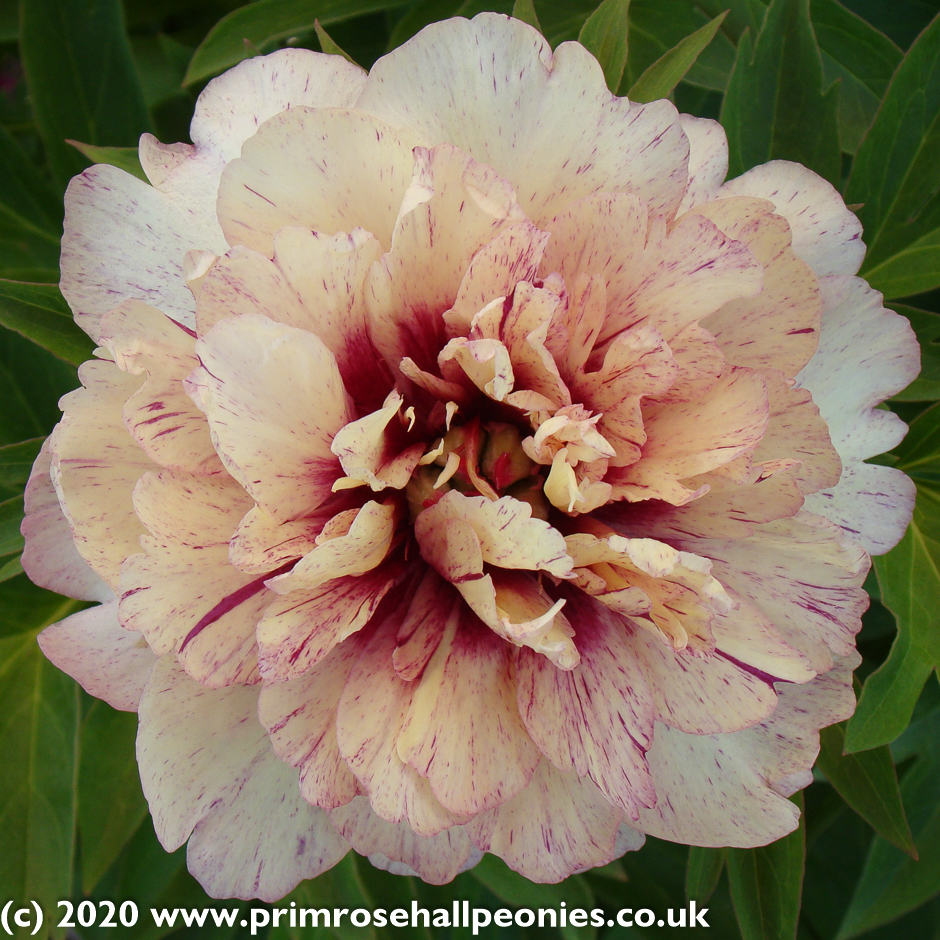Garden Diary – Jobs To Do In Late Winter
Isn’t it tempting at this time of year to stay indoors and dream of spring? To read your gardening magazines and plan the changes you want to make this year? That’s a very reasonable and enjoyable thing to do, but there’s also work to do outside. Here’s a reminder of some jobs that, if done now, will improve your garden no end once growth starts again.
Improving your soil through mulching
Whether you have the local heavy, sticky clay or the easier light sand, adding rotted down plant material of some sort will improve your soil and make your plants grow and flower better. It may seem contradictory, but clay soil will become better drained, and light, dry soils will retain water better. Both soil types will be able to provide a better range of nutrients (food) for your plants.
The easiest way to get this improvement is to add a mulch of material to the surface of the soil and let the worms take it down into the soil for you. If, like many people, you don’t make much of your own garden compost, then you can buy composted, shredded bark green waste, or well rotted farmyard manure. Spread compost 2” (5cm) deep between the plants, or manure 1” deep. Make sure it doesn’t pile up against plant stems. Spiking the surface of the soil with a fork to a depth of a few inches will help the worms to mix the material into the soil.
Ideally this should be done every year, but every other year will be much better than nothing. This will make more difference in your garden than almost any other winter gardening job!
Clean your empty pots

It’s worth washing and even disinfecting your empty pots before you use them again in spring. Soak in warm water with a little washing up liquid and some mild disinfectant if you have some (not bleach). Then scrub them clean. You might like to look on Pinterest or elsewhere online for fun ideas for labelling your pots.
Plant ties
Check that stakes and plant ties are still doing their job after the winter storms, replacing those that have broken or are worn. Make sure they’re not rubbing through the bark, which can lead to infection and death or branches or even whole plants.
Ponds
Clear out any leaves that have fallen into the pond. If ice forms and you have fish, make a breathing hole by pouring a little boiling water onto the ice. Hitting the ice can kill the fish.
Alpines
If you have any true alpine plants (that is, the kind that don’t like waterlogged crowns or roots), protect them from water by covering them with a well ventilated cloche or by propping a sheet of Perspex or polycarbonate over them. Winters seem to be getting wetter, so if you don’t want to have to do this every year, you may need to replace them in spring with plants more suited to the conditions.
Hedges
If the weather isn’t freezing, it’s a good time to prune evergreens such as laurel, Euonymus and Viburnum, while they’re dormant.
Dahlias
If you store dahlia tubers in a frost-free place over the winter, check them on a dry day to see if there’s any mould. If there is, remove badly affected parts with a sharp knife and, if you have any, dust with fungicide before replacing.
Christmas pot plants
If at Christmas you had some flowering plants like cyclamen, violets or azaleas, they can continue flowering for months if regularly deadheaded and fed. Just pick or cut off the dead flowers, as low down their stems as you can reach. A plant’s job is to reproduce itself by producing seed – by removing dead flowers before it can do this, you fool the plant into producing more flowers! Water in some tomato food to give them a burst of energy.
Copyright Alexia Ballance 2016









